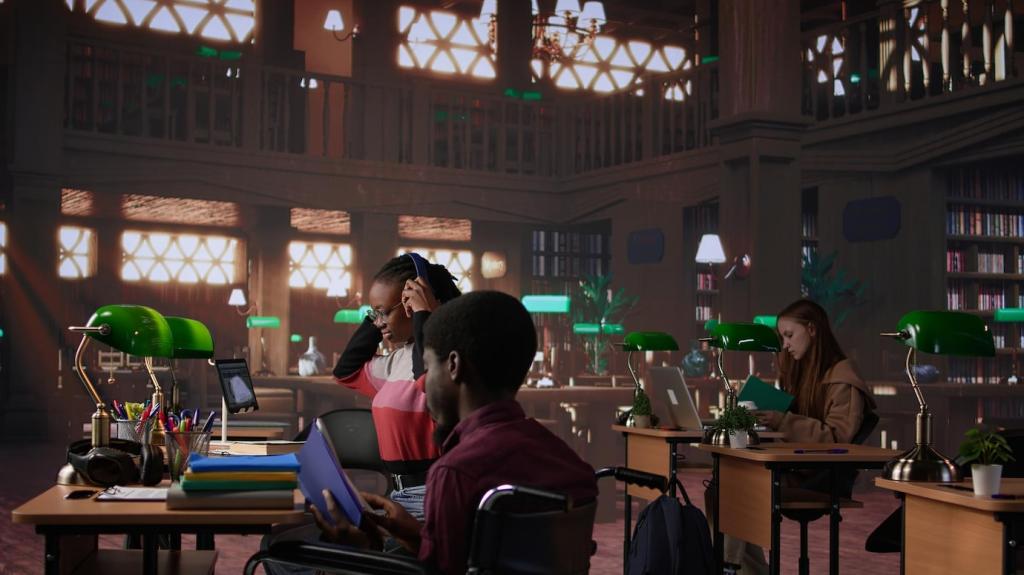Challenges and Opportunities for VR in Education
Virtual Reality (VR) has rapidly evolved as a tool poised to revolutionize education, offering immersive experiences that can transform how students learn and interact with information. However, as with any emerging technology, the adoption and integration of VR in educational settings come with both significant challenges and remarkable opportunities. This page explores the nuanced landscape surrounding the use of VR in classrooms, highlighting not only the obstacles educators and institutions face but also the potential rewards for those who successfully navigate this new frontier.

Accessibility and Equity
The purchase and maintenance of VR hardware, such as headsets and compatible computers, require significant financial investment. Many schools, particularly those in underfunded districts or developing countries, struggle to allocate budgets for emerging technologies. These costs not only include the devices themselves but also necessary software licenses and ongoing technical support. Without subsidies or targeted funding, VR runs the risk of deepening existing educational inequalities rather than bridging them.


Previous
Next
Immersive Learning Experiences
VR enables students to experience scenarios and environments that would otherwise be inaccessible, such as exploring ancient civilizations, conducting science experiments in a virtual lab, or visiting distant planets. These immersive activities foster deep understanding by allowing learners to actively participate rather than passively consume information. Such experiences can significantly enhance retention, motivation, and the development of higher-order thinking skills.
